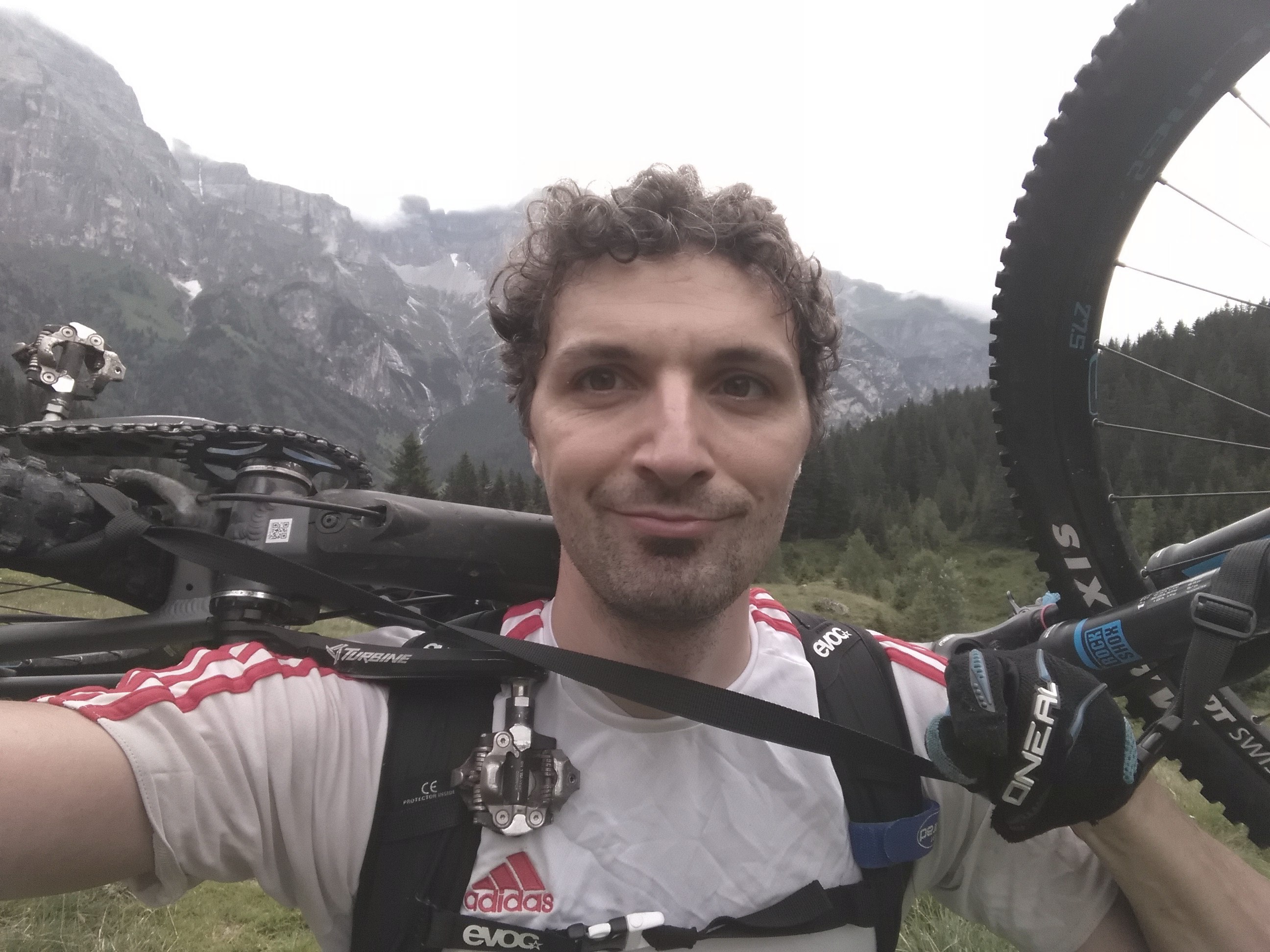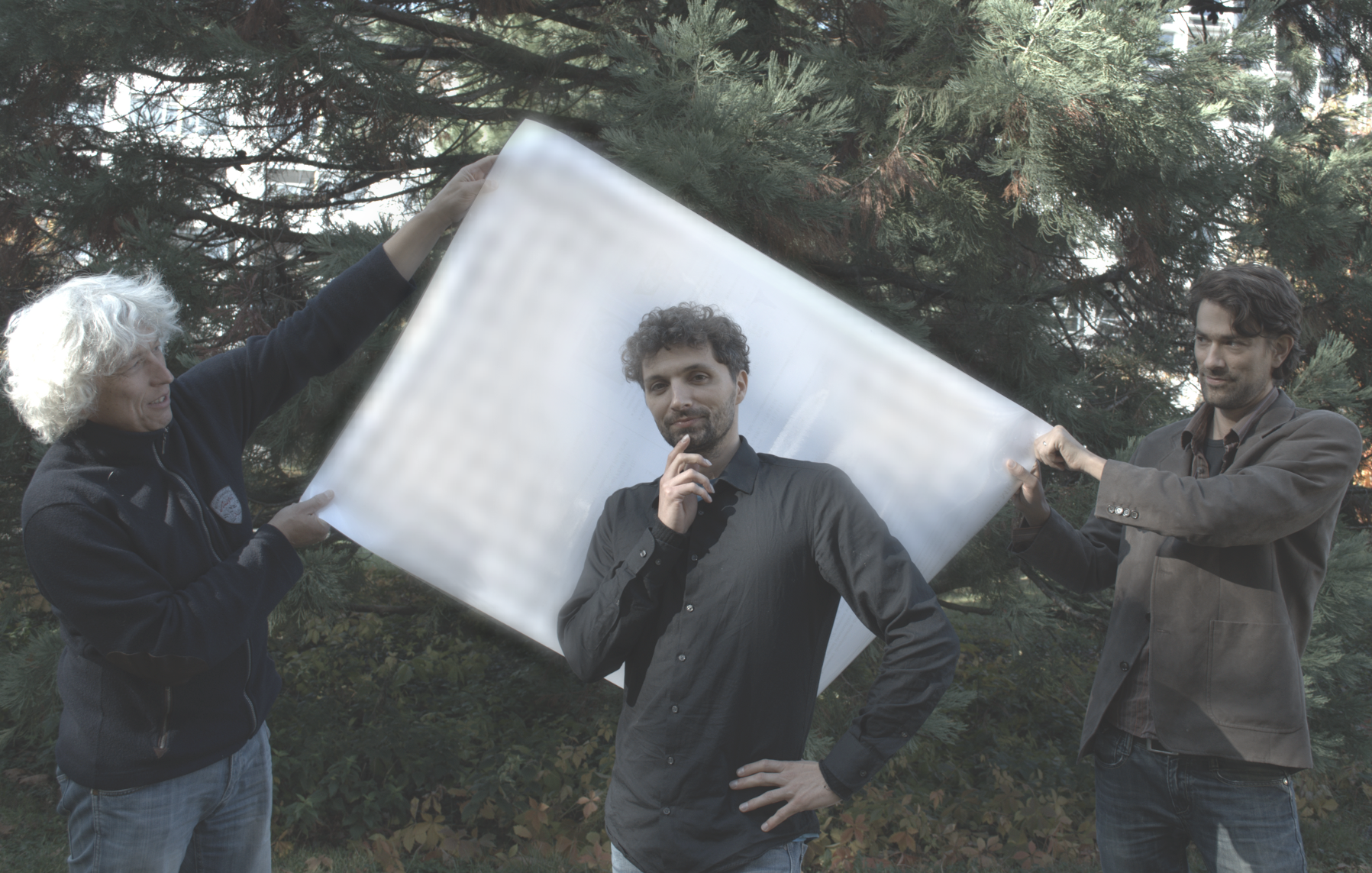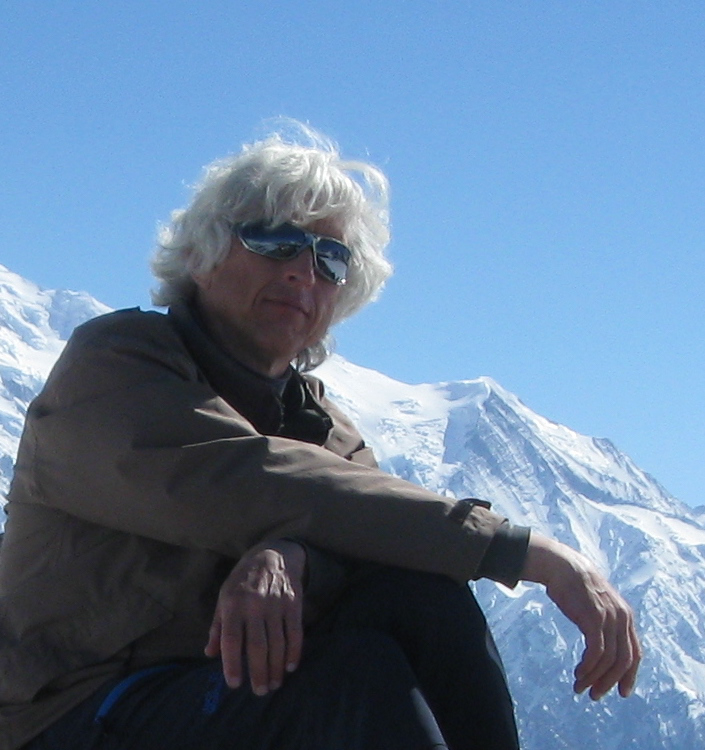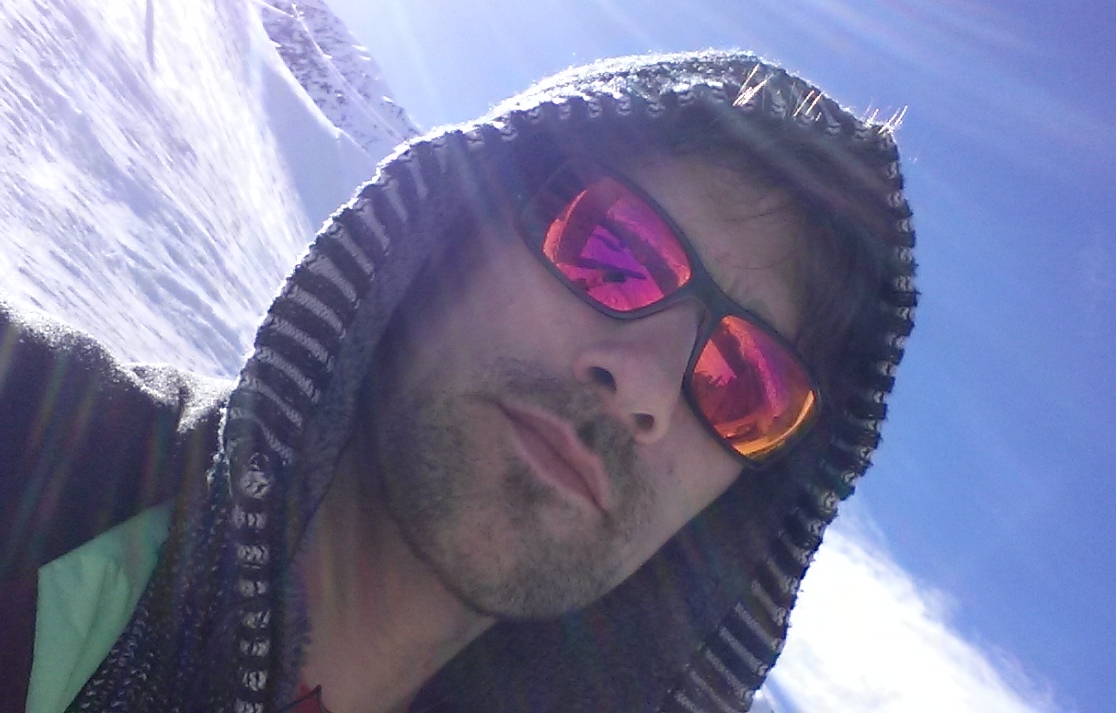
 BY THIJS DHOLLANDER
BY THIJS DHOLLANDER
Recently, we had a chat with Elias Kellner, Valerij Kiselev and Marco Reisert from the University Medical Center Freiburg about their MRM paper entitled “Gibbs-Ringing Artifact Removal Based on Local Subvoxel-Shifts”. A challenge in time zone management, the interview was an early morning event for the MRM highlights editor (Nikola, in Montreal) and a late evening for the interviewer (Thijs, in Melbourne); however, that didn’t stop us discussing not only the paper, but also the art of paper writing and valuable lessons for the developers of novel acquisition strategies.
MRMH: Elias, can you explain us how you got into MRI-related research?
Elias: I entered the world of MRI 6-7 years ago when I started my master’s thesis. I needed a topic and came across Valerij, working here at the University Hospital. We started a project on perfusion MRI, about a new technique to measure the arterial input function. It involved theoretical modelling and sequence programming. After I finished, things were running so well, Valerij asked me to stay. I continued working for 4 years on this. One year after I started my PhD, I entered Marco’s office. We started working together and I also started working on diffusion MRI, which led to this work on Gibbs-ringing.
MRMH: Marco, what about you? I know you’re very active in diffusion MRI.
Marco: I did my PhD in computer science. I also ran into Valerij coincidentally, looking for some data: I was working a lot with tensors. MRI seemed like a good fit, because DTI is also based on tensors. I have a machine learning background and at the moment we are focusing on how to apply these ideas (we call it Bayesian techniques) to diffusion MRI. In machine learning, you don’t have complete world knowledge. In physics, however, you may have a nice model and you can simulate things. We actually just have a paper accepted in NeuroImage about applying these ideas to microstructure imaging: how to obtain things like axonal volume fraction in a different way than just fitting models, but using probabilities and distributions on the parameters.
MRMH: Valerij, you’re the “most senior” one here. How did you get into MRI?
Valerij: I completed a PhD in Moscow, about phase transitions in quantum field theory. Later on, I got an Alexander von Humboldt stipend, which gave me the freedom to work for 2 years in Germany. I used the last half-year looking for something new that would be more applicable. By chance I came to an MRI group led by Stefan Posse in Jülich. People were writing all the time about imaging; but what do the images mean? Back then, fMRI was a major application. But how are things reflected in the (BOLD) signal? I want to find out about things which you don’t see directly: it’s like trying to see the invisible. Diffusion MRI is the major discipline in this way.

Valerij, Elias, and Marco perform a live action simulation of Gibbs ringing.
MRMH: On to the paper! Most of us know and recognise Gibbs ringing very well; why is it still important to try to correct it?
Elias: For clinicians, if they know where an artifact comes from, it’s sometimes easier if it stays there: their brains are very capable of correcting for it. But when, for example, you calculate something based on two different contrasts, then the artifact may change in appearance. In dMRI, when we calculate ADC, we mix 2 contrasts: so the artifact will even get enhanced!
Marco: Our Bayesian method to estimate the dMRI models, for example, is based on a prior distribution of all possible physically reasonable constellations of the parameters. But the signal that you get after Gibbs ringing is not physically reasonable anymore! Next to a ventricle, you may get a negative kurtosis value. This really challenges the Bayesian method in particular: it’s not modelled, it’s not in the prior distribution. This also goes for other artifacts, ringing is just one of them.
MRMH: In the paper, you first describe the problem and method in 1 dimension, and only thereafter move on to 2D. Was this a conscious choice to make it more educational?
Elias: The reason is twofold: it’s easier to explain in 1D, but the extension to 2D is also not straightforward in this case.
MRMH: Valerij, how important is the educational value of papers these days?

Valerij hiking after the ski season end in front of Mont Blanc.
Valerij: Today writing a paper is more difficult; nobody has time: you should really fight for your readers’ attention. I like papers that go step by step. On one hand it has educational value, on the other hand you offer the reader the possibility “to start easily”, and after that they can decide to read further or not. But at least, they got something already from the paper. Today, we have so much information and complexity: writing really becomes more like an art.
MRMH: What are the core principles or assumptions the method relies upon?
Elias: Ringing occurs because we try to reconstruct a sharp edge from a finite k-space: high frequencies are missing. But because we reconstruct on a grid, we don’t need the high frequencies if we sample the edge “in a good way”, so that we hit the zero crossings of the sinc point spread function (PSF), which arises from these high frequencies missing.
Valerij: Shortly, if you do a Fourier transform, inevitably you have ringing. But you can move a little bit back and forth to make it invisible when you sample it on a grid. It’s still there, but it is invisible for us.
MRMH [playing devil’s advocate]: Why not “simply” use median filtering, or a total variation regularizer during the reconstruction?
Marco: These methods may make the image look more smooth, and may also remove (some) noise. But we try to keep the image as clean as possible, and also not touch the noise.
Elias: Whereas the filtering strategies cannot differentiate between noise and artefact.
Marco: Exactly. Unlike in filtering, you can apply our method two times, and the result would not change.
MRMH: Can you explain to our readers why you actually want to retain noise?
Marco: Well, we don’t know if it’s noise, or a feature!
Valerij: So we do it in a clean way: just remove the artifact, nothing else.

Marco skiing in Austria.
Marco: If we destroy the noise, we have no idea about the noise distribution any more, and it may actually become impossible to separate it from the signal. Imagine for example what would happen to the smart denoising methods recently proposed by our colleagues, Jelle Veraart and others, at NYU. [read more from Jelle et al in this recent Highlights interview]
MRMH: Are there limitations to the method, or is it always a no-brainer to apply?
Elias: It won’t fully work for partial Fourier acquisitions. The assumption is that you have full, symmetric, k-space data. If zero-filling is needed, the rings have a longer distance and our method cannot remove them. Otherwise, it can be applied safely: it’s a very surgical operation; if there’s no ringing, it will do nothing.
MRMH: Any (future) hopes for tackling the non-Cartesian acquisitions?
Marco: The PSF of a partial Fourier acquisition is complex: we don’t know the distance of the zero crossings… it’s very irregular.
Elias: Perhaps if you use projections on convex sets (POCS).
Valerij: Fortunately, Cartesian acquisitions are still the most common.
MRMH: So, any particular messages to the developers of these “fancy” new acquisition strategies?
Elias: If your fancy method introduces complex artifacts, but the benefits are not so high, it doesn’t really help you.
Marco: Of course, with simple EPI, everything is nice (if there’s no partial Fourier).
Valerij: There is no free lunch! A faster acquisition never comes for free. Every acronym should come with a list of compromises.
MRMH: How can our readers access and use your method?
Elias: There is an open source Matlab implementation and an FSL plugin available online! (www.bitbucket.org/reisert/unring)
